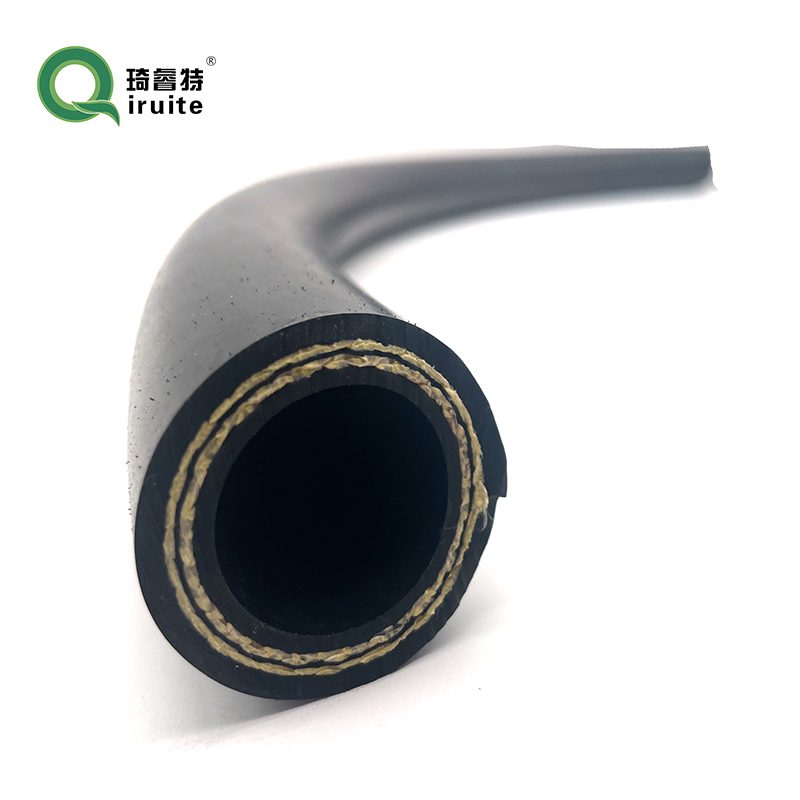best brake line to use
The Best Brake Line to Use A Comprehensive Guide
When it comes to maintaining the safety and performance of your vehicle, one of the most critical components to consider is the brake system. Among various parts of the brake system, the brake lines are vital as they transport hydraulic fluid from the master cylinder to the brake calipers or wheel cylinders. Choosing the best brake line is essential for optimal braking performance and vehicle safety. This article explores the best brake lines available in the market, their materials, and installation considerations.
Types of Brake Lines
There are three main types of brake lines commonly used in vehicles rubber, stainless steel braided, and copper-nickel lines. Each type has its advantages and drawbacks, making understanding the characteristics of each essential for making an informed decision.
1. Rubber Brake Lines Rubber has traditionally been the material of choice for many vehicles' brake lines due to its flexibility and cost-effectiveness. However, rubber lines can degrade over time due to heat and exposure to moisture, leading to potential failure. They are generally adequate for daily drivers, but the performance may diminish under extreme conditions, such as high temperatures or racing scenarios.
2. Stainless Steel Braided Brake Lines For those looking for enhanced performance and durability, stainless steel braided brake lines are an excellent option. These lines consist of a rubber inner hose covered with a stainless steel braid, which provides increased protection against abrasion and pressure. Their rigidity reduces the expansion often seen in rubber lines, resulting in a firmer brake pedal feel and better responsiveness. Stainless steel braided lines are ideal for performance vehicles, racing applications, and even off-road driving due to their superior safeguarding against environmental damage.
3. Copper-Nickel Lines Another popular choice is copper-nickel brake lines, known for their corrosion resistance and long lifespan. Although rigid compared to rubber lines, they are still flexible enough to accommodate slight bends and turns in the vehicle's chassis. Copper-nickel lines are especially beneficial in environments prone to rust and corrosion, as they do not succumb to these issues like traditional steel lines.
Considerations for Selection
best brake line to use

When selecting the best brake line for your vehicle, consider the following factors
1. Application Determine how you plan to use your vehicle. For everyday driving in normal conditions, rubber lines may suffice. In contrast, performance-oriented or off-road vehicles might benefit from stainless steel braided or copper-nickel options.
2. Budget Brake lines come at a variety of price points. While rubber lines are the most economical choice, investing in higher-quality materials like stainless steel can enhance safety and performance, especially if you frequently engage in spirited driving or racing.
3. Installation Consider whether you will be installing the brake lines yourself or having a professional do it. Stainless steel braided lines often require specialized tools or expertise for proper installation due to their rigidity and unique fittings.
4. Regulations If you are in a region with specific vehicle regulations or inspections, ensure that your choice of brake lines complies with local laws.
Conclusion
The right brake line is essential for ensuring the effectiveness and reliability of your vehicle’s braking system. While rubber lines may work well for general driving, those who prioritize performance or durability should consider stainless steel braided or copper-nickel brake lines. Always keep in mind your driving conditions, application, budget, and installation capabilities when making a choice.
In conclusion, investing time in selecting the best brake line can lead to significant safety benefits and an enhanced driving experience. Be diligent in maintaining your brake lines and replace them as necessary to ensure that your vehicle remains safe and responsive on the road. Remember When it comes to brakes, don’t cut corners—choose the best to ensure safety and performance.
-
Ultimate Spiral Protection for Hoses & CablesNewsJun.26,2025
-
The Ultimate Quick-Connect Solutions for Every NeedNewsJun.26,2025
-
SAE J1401 Brake Hose: Reliable Choice for Safe BrakingNewsJun.26,2025
-
Reliable J2064 A/C Hoses for Real-World Cooling NeedsNewsJun.26,2025
-
Heavy-Duty Sewer Jetting Hoses Built to LastNewsJun.26,2025
-
Fix Power Steering Tube Leaks Fast – Durable & Affordable SolutionNewsJun.26,2025

